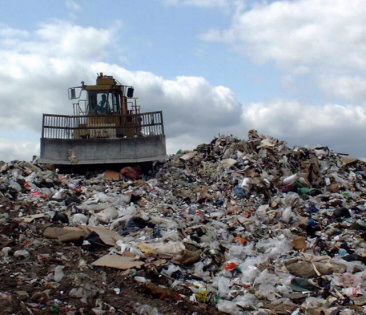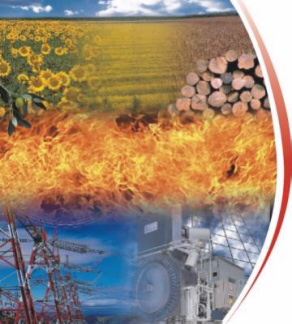|
Expanding the use of these energy sources to generate energy would have many environmental benefits. Overall, any of these
sources can be used to directly fire a power plant, fire a power plant along with a fossil fuel or something else, or in gasification
processes to generate electricity. Using biomass or a related source to fire a power plant is environmentally friendly, but
produces significantly less energy than a coal power plant. (20-50MW vs. 100-1500 MW) However, to maximize both efficiency,
and environmental benefits, biomass can be used in conjunction with a fossil fuel. Plus, it doesn't require building a new
plant- it can be done with modifications to existing ones. Gassifiers work to heat biomass so that it breaks down into a
gas which can be burned. This can actually create more efficient, refined compounds to burn, as well as in efficient "combined
cycle" technologies which combine gas and steam turbines. If biomass is readily available (which, overall, it is), it
is highly beneficial to take advantage of it. Power companies can co-fire plants, keeping their efficiency, lowering costs,
earning fuel credits and a good reputation.
Biomass:
PROS: Trees are able to regenerate themselves very quickly, and so their biomass is considered a renewable energy source as
opposed to the non-renewable fossil fuels. Also, biomass is one of the most reliable types of alternative fuel. Both wind
and solar technologies require specific conditions in order to generate electricity, but combustion can take place at any
time. When biomass is burned, there is significantly less SO2 emissions than in fossil fuel plants. While biomass combustion
does produce CO2, the cycle of growing biomass to be burned would actually lower this significantly to an overall gain of
little or no CO2 in the atmosphere.
CONS: NOx emissions vary and can be as high as fossil fuel plants. However, they do vary, which means, correctly done,
they are lower, so that isn't a true con. Another problem is the high CO emissions. The final concern is particulates that
are released, however, technologies have been developed to control such, and the environmental and health impacts aren't actually
known.
Municipal Solid Waste:
PROS: Although it is not considered a renewable source, since with waste management preferred strategies and recycling, there
would be significantly less of it. However, it remains, that at the current moment, there is. Burning it for fuel could
reduce it up to 90%, clearly beneficial for the environment.
CONS: While this incineration would create CO2, it could be greatly reduced for reasons similar to biomass - a fair portion
of municipal solid waste is paper or wood products. Plus, if left to sit in landfills, MSW creates methane, so burning it
would significantly reduce that greenhouse gas. Also, this combustion can create toxic ash, but a simple solution to fix
that is to remove toxic materials before the burn.

|
| a landfill - potential site of municipal solid waste and landfill gas |
Landfill Gas:
PROS: Though again, it is not a renewable resource, there is enough to use now to contribute to energy. The major gas that
would be burned is methane. Methane is a greenhouse gas which has 23 times the negative impact of CO2, so burning it for
fuel instead of leaving it to seep into the atmosphere has great environmental benefits.
CONS: The burning would create CO2, however, any damage that could be done with that would be far offset by the amount
of methane being spared from the environment.
|
